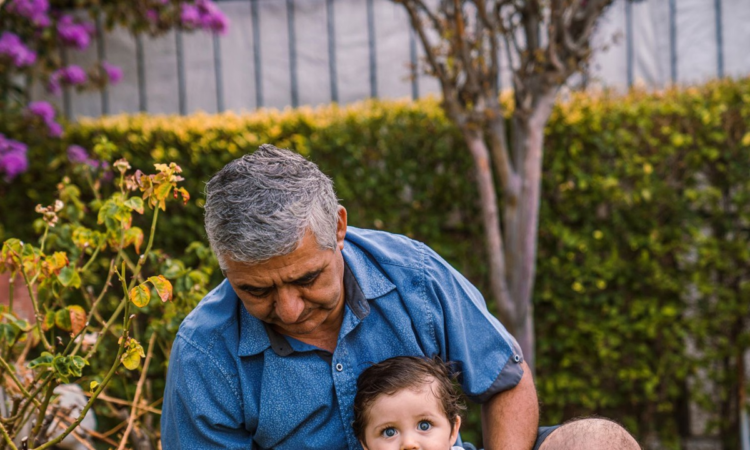
Parkinson disease (PD) is a brain condition that causes problems with movement, mental health, sleep, pain and other health issues.
PD gets worse over time. There is no cure, but therapies and medicines can reduce symptoms. Common symptoms include tremors, painful muscle contractions and difficulty speaking.
Parkinson disease results in high rates of disability and the need for care. Many people with PD also develop dementia.
The disease usually occurs in older people, but younger people can also be affected. Men are affected more often than women.
The cause of PD is unknown but people with a family history of the disease have a higher risk. Exposure to air pollution, pesticides and solvents may increase risk.
Symptoms of Parkinson disease get worse over time. They can greatly reduce well-being and quality of life.
PD causes motors symptoms including:
Non-motor symptoms:
Involuntary movements (dyskinesias) and painful muscle contractions (dystonias) can cause problems speaking and moving. These symptoms lead to high rates of disability and the need for care. Many people with PD also develop dementia during the course of their disease.
While PD is the most common movement disorder, other movement disorders exist such as multiple system atrophy, progressive supranuclear palsy, chorea, ataxia and dystonia. Some movement disorders have similar symptoms to PD such as tremor, slow movement and rigidity. All movement disorders share the same challenges as PD regarding diagnostic and treatment gaps and access to medication, particularly in low- and middle-income countries (LMIC).
PD is a clinical diagnosis that not only can be made by neurologists but also by trained non-specialist healthcare workers. Assessment and management of PD by trained non-specialized healthcare workers in primary care is particularly important in areas where specialist neurological services are unavailable, such as in some LMIC.
The prevalence of PD has doubled in the past 25 years. Global estimates in 2019 showed over 8.5 million individuals with PD. Current estimates suggest that, in 2019, PD resulted in 5.8 million disability adjusted life years (DALYs), an increase of 81% since 2000, and caused 329 000 deaths, an increase of over 100% since 2000.
There is no cure for Parkinson disease, but therapies including medicines, surgery and rehabilitation can reduce symptoms.
Levodopa/carbidopa, a combination medicine that increases the amount of dopamine in the brain, is the most common medication for PD (1). Doctors may use other medicines such as anticholinergics to reduce involuntary muscle movement.
Deep brain stimulation and other therapies can help the tremors and reduce the need for medicines.
Rehabilitation including physiotherapy can offer relief for Parkinson disease and other degenerative neurologic disorders. Therapies include:
These therapies can help improve functioning and quality of life for people with PD. This can also reduce the strain on carers.
Many medications and surgical resources are not accessible, available or affordable everywhere, particularly low- and middle-income countries.
Informal carers (i.e. most commonly family members and friends) spend many hours daily providing care for people living with PD. This can be overwhelming. Physical, emotional and financial pressures can cause great stress to families and carers, and support is required from the health, social, financial and legal systems. Useful support resources from other conditions can be drawn upon, such as WHO’s iSupport programme for dementia.
People with PD are often subject to stigma and discrimination, including unjust discrimination within the workplace and lack of opportunities to engage and participate in their communities.
People with PD require accessible health services for general healthcare needs like the rest of the population, including medicine access, promotive and preventive services and prompt diagnosis, treatment and care. A common barrier is created by healthcare providers’ inadequate knowledge and understanding of PD and myths that PD is a contagious illness or a normal part of aging.
In May 2022, the World Health Assembly endorsed the Intersectoral global action plan on epilepsy and other neurological disorders 2022–2031. The action plan will address the challenges and gaps in providing care and services for people with epilepsy and other neurological disorders such as PD that exist worldwide and ensure a comprehensive, coordinated response across sectors. This includes raising policy prioritization and strengthening governance, providing effective, timely and responsive diagnosis, treatment and care, implementing strategies for promotion and prevention, fostering research and innovation and strengthening information systems.
A WHO technical brief entitled Parkinson disease: a public health approach is available for policy-makers, health programme managers and planners, healthcare providers, researchers, people with PD, carers and other stakeholders. It outlines the important action areas for intervention in PD including global health policies focused on prevention and risk reduction, education and awareness and access to treatment and care at various levels of the health system.
Notes
Related
News
Fact sheets







